It often feels like we live on a man-made planet when we wake up, takes the buses, and work. The natural world is around us all the time. Sometimes we forget about the intricate hideouts we build. Let’s refresh our memories.
We want you to visit ‘The Fabulous Weird Trotters’. It’s a Facebook page that regularly shares pictures of the weird and wonderful faces of Mother Nature.
They have cute plants, atmospheric ghost lights, and a lot more. Over 1.3 million followers.
1. The flower’s petals turn from white to translucent when it rains.

2. This is a 350-year-old oak tree. Isn’t it beautiful?

This list will be released on a special occasion. Exactly 50 years ago, on June 5-16, 1972, the United Nations Conference on the Human Environment was held in Sweden. The UN’s first major conference on international environmental issues marked a turning point in the development of international policies.
When the participating 122 countries adopted the Stockholm Declaration, they committed to 26 principles and an action plan that was set in a multi-lateral environmental regime.
One of the principles is that sovereignty should not cause harm to the natural world of other countries.
3. The turtle’s shell looks like fireworks.
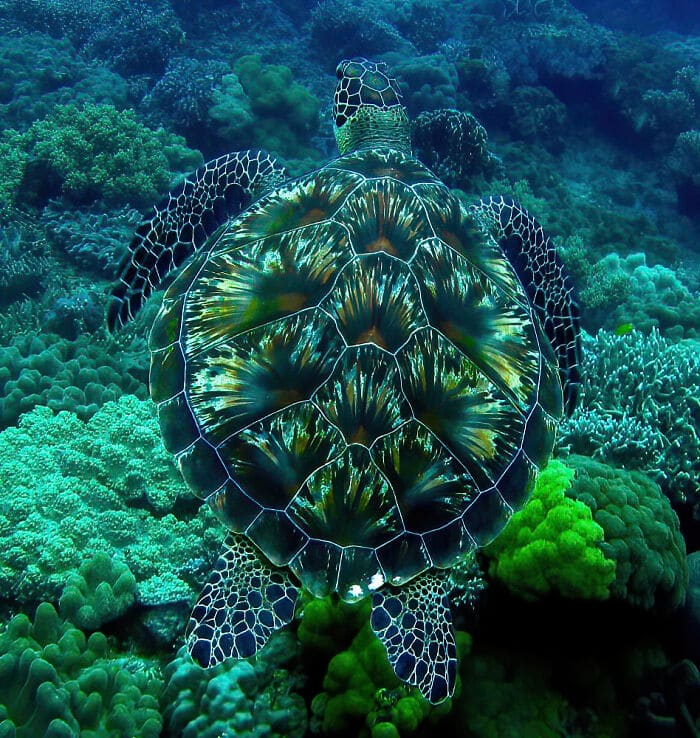
4. An Owl With Heart-Shaped Patterns.

5. The illusion of a Phoenix in the sky is given by Eruption on Mount Etna.
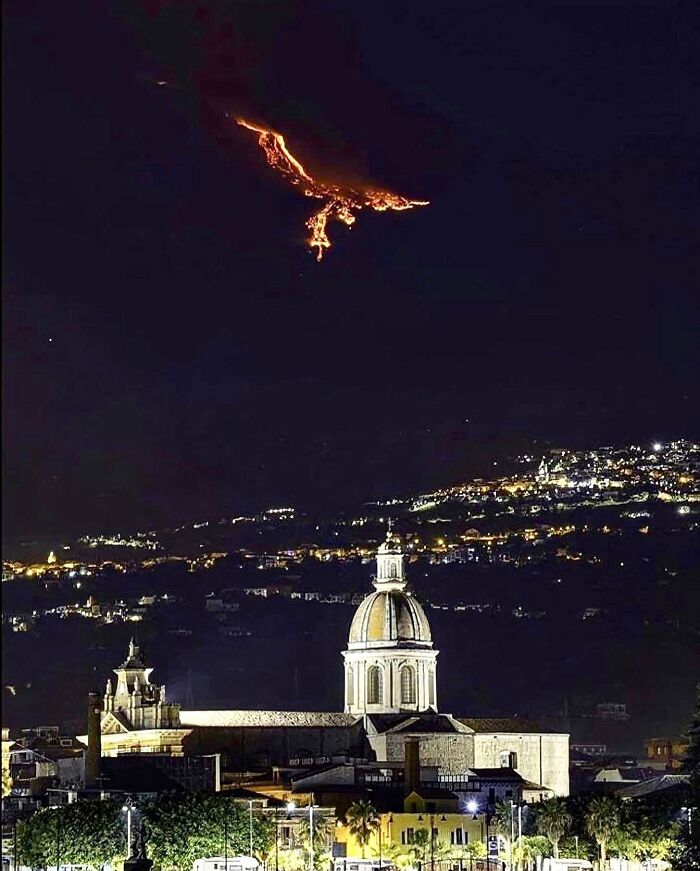
This was the first globally subscribed document that recognized the “interconnections between development, poverty and the environment.”
These principles were celebrated as a harbinger of “new behavior and responsibility which must govern their relationship in the environmental era.”
In a way, the planet’s environment and natural resources became a common resource with countries changing their relationship with nature from sovereignty over resources to shared responsibility for their sustainable uses.
6.

7.

8.

9.

The main agreements of the declaration were:
Earth’s natural resources, including air, water, land, flora, and fauna, should be protected for the benefit of the present and future generations through careful planning or management.
It is necessary to stop the discharge of toxic substances and the release of heat in such quantities as to exceed the capacity of the environment to render them harmless in order to prevent serious or irreversible damage to the environment. The people of ill countries are fighting against pollution.
10.
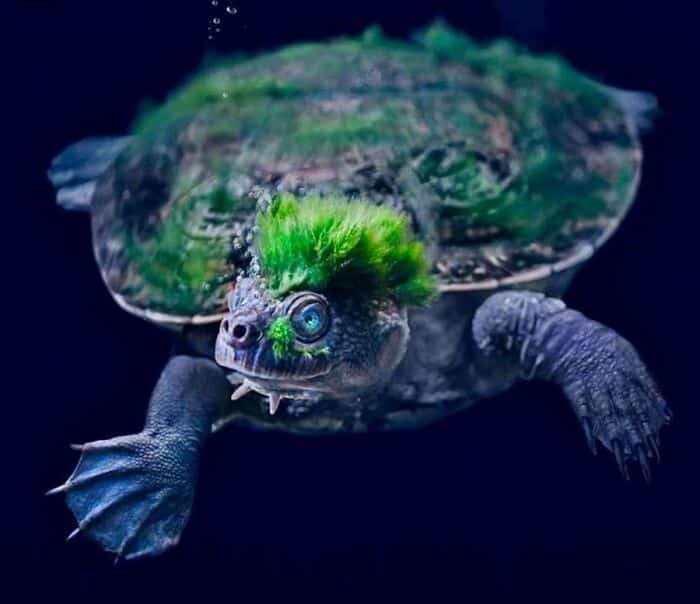
11.
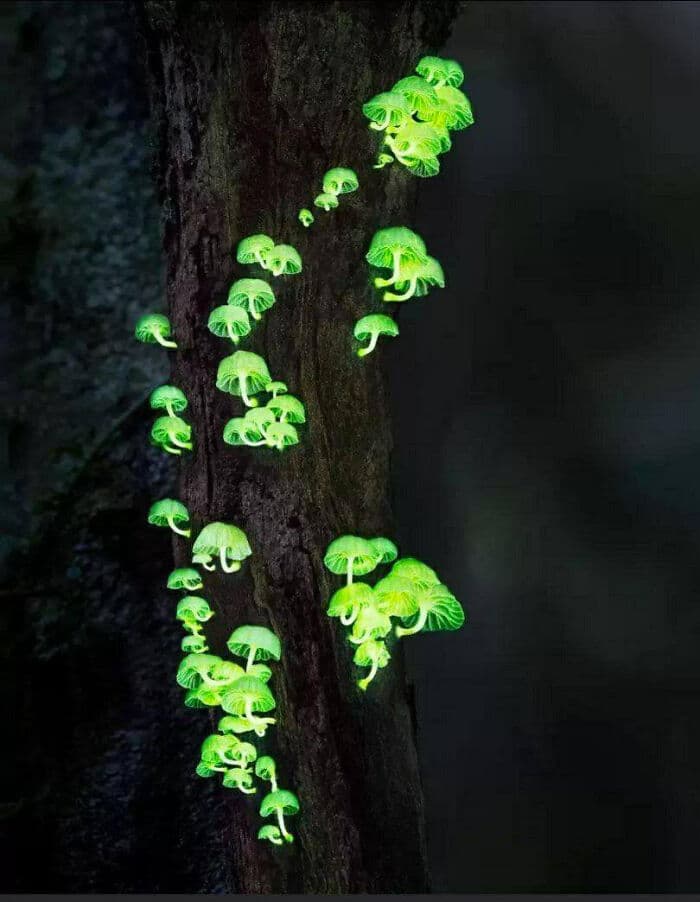
12.

13.

States shall take all steps to prevent pollution of the seas by substances that are liable to cause harm to human health, harm living resources, and marine life, damage amenities or interfere with other legitimate uses of the sea.
States have, as per the Charter of the United Nations and the standards of global regulation, the sovereign right to take advantage of their own assets according to their own ecological approaches, and the obligation to guarantee that exercises inside their locale or control don’t make harm the climate of different States or of regions past the constraints of the public ward.
14.

15.

16.

17.

The ecological strategies, all things considered, ought to improve and not unfavorably influence the present or future advancement capability of non-industrial nations, nor would it be a good idea for them if they hamper the fulfillment of better day to day environments for all, and fitting advances ought to be taken by States and global associations with the end goal of agreeing on gathering the conceivable public and worldwide monetary outcomes coming about because of the use of natural measures.
18.

19.

One of the most original varieties of corn is this one.
Carl Barnes farmer in Oklahoma gave birth to this variety in 1980. Three other varieties of corn were created from Indian cultures. It can be eaten and used in the form of flour.
20.

21.

The contemporary environmental era began at the conference in Stockholm. It took governance of planetary concerns to the mainstream. Over 500 environmental agreements were adopted in the last 50 years.
As a matter of fact, the greater part of the present shows connected with planetary emergencies like the United Nations Framework Convention on Climate Change (UNFCCC), the Convention to Combat Desertification (UNCCD), the Convention on Biological Diversity (CBD), and the entire ecological system being carried out through the UN framework follow their starting point to the Stockholm Declaration.
22.

23.

24.

25.

In June, the world will gather in the same city for the Stockholm+50, but with a vastly changed planet.
Instead of discussing how the past half-century lived up to their previous vision, world leaders will talk about the next 50 years and the emergency actions that our planet needs.
“Human development is largely fuelled by a tripling in the extraction of natural resources, food production, and energy production and consumption over the past 50 years,” says an advance draft copy of the document to be discussed at Stockholm+50.
26.

27.

28.

29.
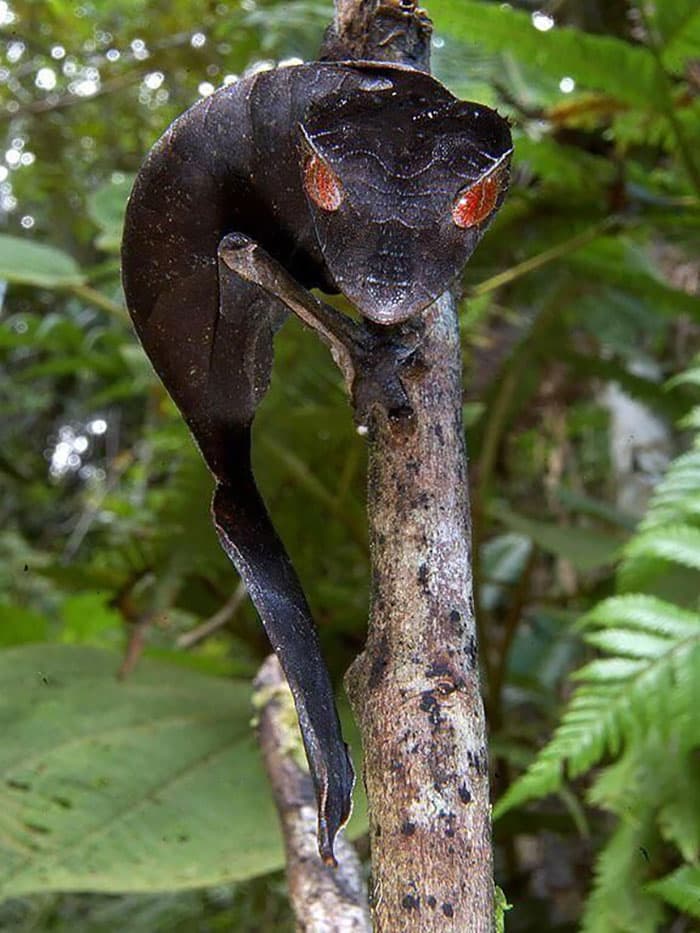
A visualization of the next 50 years, published in the Proceedings of the National Academy of Sciences (PNAS) on May 4, 2020, states that “1 to 3 billion people are projected to be left outside the climate conditions that have served humanity well over the past 6,000 y [years].”
The study explains how humans have resided in a “climatic envelope” characterized by ~11˚C and 15˚C of mean annual temperature and “the geographical position of this temperature niche is projected to shift more over the coming 50 y than it has moved since 6000 BP [before present]”.
The situation looks unbelievable according to Tim Lenton, co-author of the study. As hot as North Africa is, areas in North America and Europe would become as comfortable. Tim warns: “Where we are headed is a place we don’t want to go.”
Stockholm+50 should come up with something that will ensure that both humans and the animals that we see on ‘The Fabulous Weird Trotters’ will get to stay in our homes.
30.










